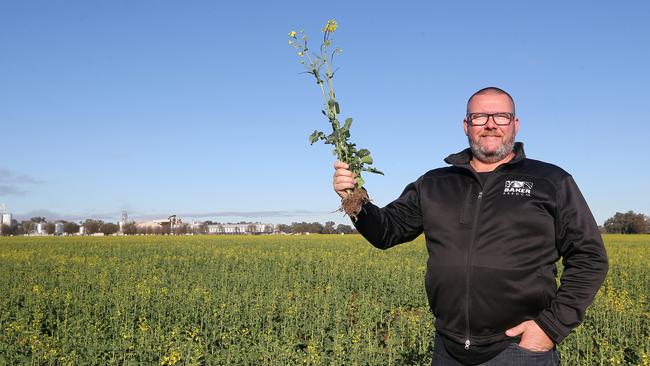Farmers ‘financially worse off’ despite cheaper fuel and fertiliser
Global fuel and fertiliser prices have softened in the first six months of the year, however the high cost of production is still proving a major challenge for some growers.
Global fuel and fertiliser prices have softened in the first six months of the year, but many producers particularly in the horticulture sector are “financially worse off” than this time last year.
Episode 3 analyst Andrew Whitelaw said fertiliser prices had only come back to sit “slightly above the long-term average”.
Episode 3 analysis of Australian urea prices – encapsulating origin, freight, and discharge – is sitting just shy of $600/tonne, compared to about $700/tonne in January this year.
But the affordability ratio between fertiliser and grain – how many tonnes of grain a producer would need to sell to buy one tonne of urea – had moved in favour of the farmer.
“Back in 2021 it would have cost you about 3.5 tonnes of wheat sold in order to buy one tonne of urea,” Mr Whitelaw said.
“Now it’s hovering around 1.5 tonne of wheat to one of urea.”
“I think we’re going into a period where grain prices will be as volatile as ever, but the price of inputs are turning back to more affordable levels. It gives us more opportunity when the risks are lower.”
Episode 3 analysis of Australian fuel show for the first six months of 2024 prices sat at about 184c/lt, and have moved back to 181c/lt on average.
“From 2010 to 2021 the average price for diesel and petrol was 150c/lt. Since mid-2021 it’s never dropped back below 150c/lt,” Mr Whitelaw said.

AusVeg chief executive Michael Coote said while any easing of farming input costs were welcome, “the very high cost-of-production is still a major challenge for vegetable growers”.
“Feedback from growers continues to show that a lack of operating profit, input cost increases, poor retail prices, increased cost of labour, and compliance burden are the top identified factors threatening the viability of vegetable growing business,” Mr Coote said.
He said the producer price index, which measures prices charged and paid by businesses, climbed in late 2023 after “a short period of decline”.
The PPI now sits at 4.8 per cent per annum, above the monthly consumer price index figure.
“Many vegetable growers are indicating they are financially worse off than they were 12 months ago, so cost pressures and unsustainable returns are clearly continuing to bite,” Mr Coote said.

Baker Seeds producer and former Victorian Farmers’ Federation grains council president Ashley Fraser said the grains industry was in a “tough climate”.
“The cost of production is spiralling almost out of control. It’s good to see diesel stabilise, and also that the fertiliser price has come back to the long term average. Any reduction in cost is only going to be welcome by grain farmers,” Mr Fraser said.
“The reliance of the cropping sector on synthetic fertiliser is certainly being looked at, we’re too exposed from a risk mitigation perspective. But we’re not able to get out of that just yet.”





